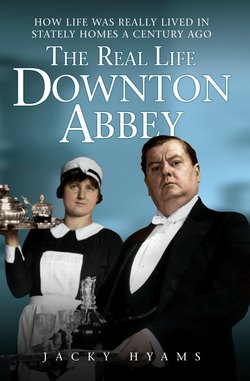Читать книгу The Real Life Downton Abbey - Jacky Hyams - Страница 22
На сайте Литреса книга снята с продажи.
THE WIND OF CHANGE
ОглавлениеBut the big social changes that are already starting to bubble underneath the surface in the Edwardian years – the rise of socialism, the suffragette movement with its push towards women’s rights, and the growing political awareness of the needs of working people, pushed forward by the dawn of World War I – are far more significant in changing the entire landscape for the many, a tidal wave of change, if you like, than big windfalls of cash for the small but privileged minority.
And yet the innate snobbery of the aristocrats still prevails: many families still can’t help looking down their noses on these rich, youthful, usually high-spirited American girls whose manners are perceived to be ‘something between a Red Indian and a Gaiety Girl’.
In addition, the huge spending power of the American heiresses easily surpasses anything the British aristocrats have known. So there’s an envy factor in there, too. The American girls are much better dressed, for starters. They think nothing of ordering 90 dresses at a time in Paris, only to wear them just once. (Wearing things once, of course, means no one can ever criticise you for donning the same garment again.)
By 1914, 60 peers of the realm and 40 sons of peers have married American women. So some of those balls, lavish parties, champagne-spouting fountains and the other many indulgences of the ‘smart set’ that followed Edward VII were indirectly underwritten by the millions flowing from the coffers of the American heiresses, as well as propping up the existence of some of the country’s greatest estates.
In the time-honoured tradition of the ‘if you’ve got it, flaunt it’ set so follows the mantra: ‘If you haven’t got it any more, use other people’s money’. After all, with so much hectic social networking at stake, who was going to let the outdated rules and snobbery of the older generation stop them?
